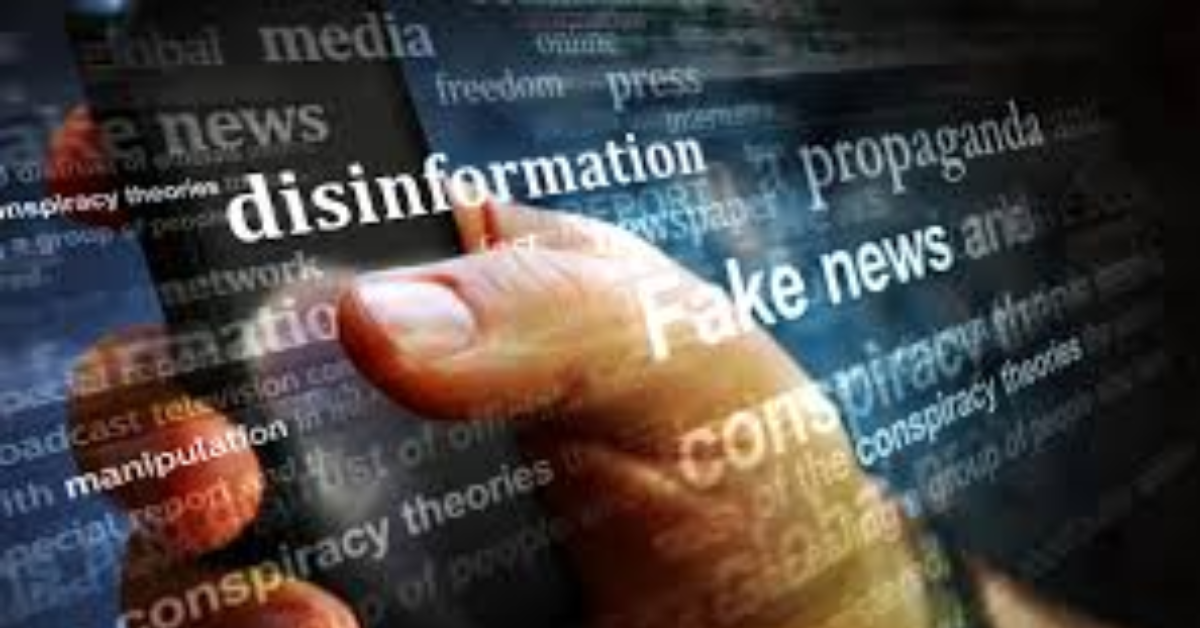The rapid spread of fake news on social media has become a global challenge, influencing public opinion, politics, and even national security. In response, the Anti-Fake News Act 2025 has been introduced to combat misinformation and bring stricter regulations to social media platforms. This act focuses on ensuring transparency, accountability, and responsible content sharing. In this blog, we will explore the key provisions of this act, its impact on digital platforms, and how it affects users and businesses alike.
What is the Anti-Fake News Act 2025?
The Anti-Fake News Act 2025 is a legislative framework designed to regulate the spread of false or misleading information on digital platforms. The law aims to:
- Hold social media companies accountable for misinformation
- Impose penalties on individuals and organizations spreading fake news
- Encourage fact-checking and responsible journalism
- Promote media literacy among users
Key Provisions of the Act
- Stricter Content Moderation Policies
- Social media platforms must implement advanced algorithms to detect and remove misleading content.
- Verified fact-checkers must be assigned to flag disputed content.
- Heavy Penalties for Fake News Spreaders
- Individuals or organizations found guilty of intentionally spreading false information may face fines up to ₹10 lakh or imprisonment for up to 5 years.
- Social media companies failing to comply may be fined ₹50 crore and risk temporary bans.
- Mandatory Fact-Checking Mechanism
- Platforms must partner with independent fact-checking agencies.
- Users must be notified when they interact with misleading posts.
- User Accountability and Reporting System
- Social media users can report suspected fake news with an easy complaint system.
- Repeat offenders may have their accounts suspended or permanently banned.
- Transparency Reports from Social Media Platforms
- Platforms must publish regular reports detailing their efforts to combat misinformation.
- Government oversight committees will audit these reports to ensure compliance.
How Will This Act Impact Social Media Platforms?
The Anti-Fake News Act 2025 places significant responsibility on social media giants like Facebook, Twitter, Instagram, and YouTube. These companies must:
- Improve content moderation and invest in AI-driven detection tools.
- Cooperate with government agencies for real-time monitoring.
- Provide users with tools to verify news sources before sharing content.
- Increase their response time for removing flagged content.
The Role of Users in Fighting Misinformation
While the government and social media platforms play a major role, users are equally responsible for curbing fake news. Here’s how you can contribute:
- Verify information before sharing, using credible sources.
- Use fact-checking websites such as PIB Fact Check and Alt News.
- Report misleading posts immediately.
- Be cautious of forwarded messages without verified sources.
Challenges in Implementing the Act
Despite its noble intentions, the Anti-Fake News Act 2025 may face several challenges:
- Freedom of Speech Concerns
- Critics argue that strict regulations might suppress genuine political dissent and journalistic freedom.
- Striking a balance between free speech and misinformation control is crucial.
- Technological Limitations
- Detecting and removing fake news in real-time is a complex task, even with AI-driven tools.
- Legal Battles and Opposition
- Social media companies may challenge the act in court, citing regulatory overreach.
- Media organizations might resist restrictions that interfere with independent journalism.
Conclusion
The Anti-Fake News Act 2025 is a bold step toward ensuring online integrity and responsible content sharing. While it poses challenges, it also creates opportunities for a more transparent and reliable digital space. Users, platforms, and the government must work together to make social media a safer place for information consumption.
With misinformation affecting elections, health decisions, and public safety, this act serves as a much-needed safeguard against digital deception. However, careful execution and continuous assessment will be key to its success.
Do you think this act will effectively reduce fake news? Share your thoughts in the comments below!

